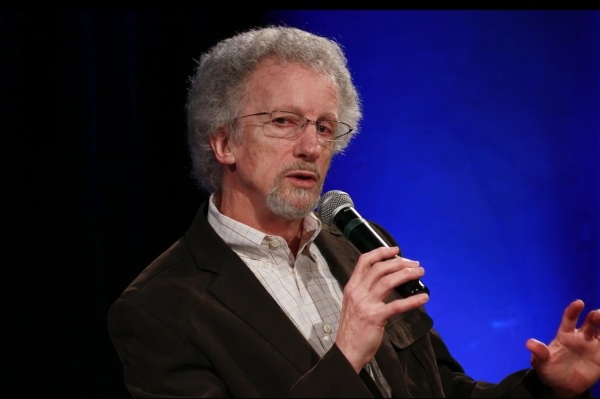Earth-Like Planets Total in the Billions Leading to Increased Projections About Extra Terrestrial Life
A new study is creating a stir after it concluded that there are billions of Earth-like planets within our own Milky Way galaxy.
The study was published Monday in the journal Proceedings of the National Academy of Science and was completed after astronomers used data compiled by NASA to calculate that there are at least 8.8 billion stars with planets orbiting in the habitable zone – the zone thought to be needed to sustain life.
The new figures are also leading to increased speculation over the possibility that there is life in our own galaxy.
"Just in our Milky Way galaxy alone, that's 8.8 billion throws of the biological dice," said study co-author Geoff Marcy of the University of California at Berkeley.
In the Milky Way alone roughly 1 in 5 stars that are similar to our own sun have planets orbiting them that fall within the habitable zone where life is believed to be able to survive.
That is the zone where water can be present in liquid form. The data used was compiled using NASA's formerly operational Kepler telescope over a four year period.
The Kepler telescope observed 42,000 stars, an extremely small fraction of our galaxy to determine how many Earth-like planets could be present and then extrapolated that data to include the entire Milky Way and its hundreds of billions of stars.
There has been a concerted effort over the last decade aimed at finding a planet outside our solar system that orbit a star in the habitable zone
Scientists have logged several of these celestial bodies, known as exo-planets, during the past decade. What has intrigued astronomers thus far is discovering that a few of these exo-planets share one or two traits similar to Earth. These traits relate to the size of the Earth as well as the surface temperature that is known to be hospitable to life as we know it.
"I'm very positive that the first Earth twin will be discovered next year," Abel Mendez, of the Planetary Habitability Laboratory at the University of Puerto Rico at Arecibo, told Space.com.





















